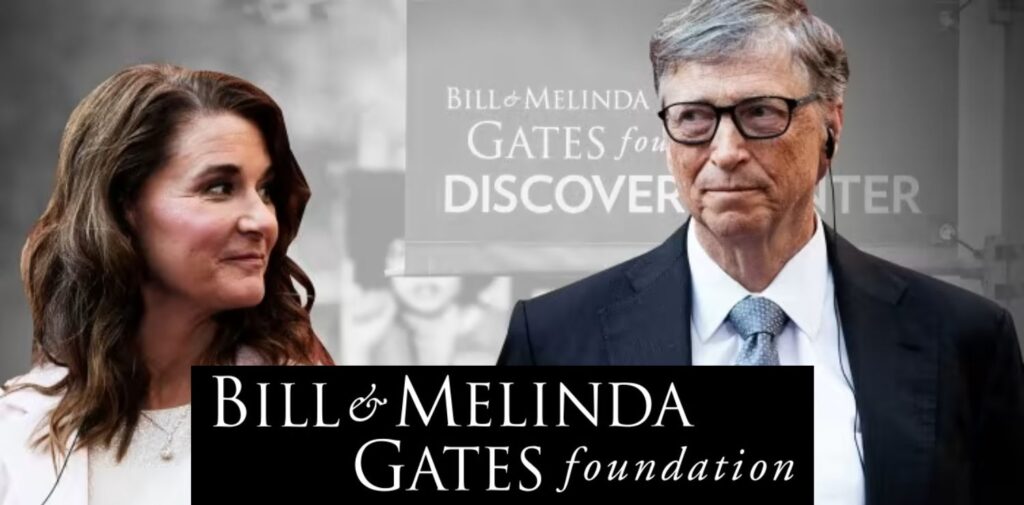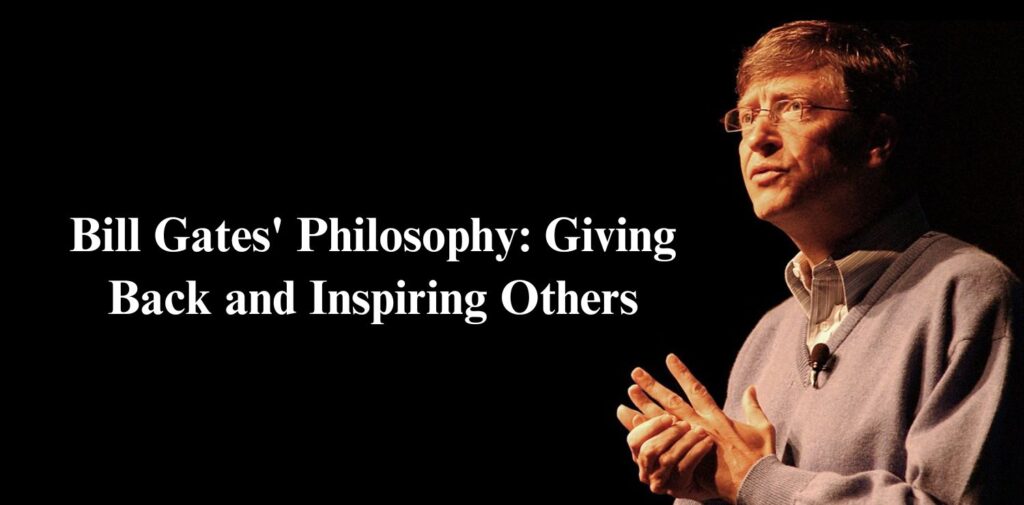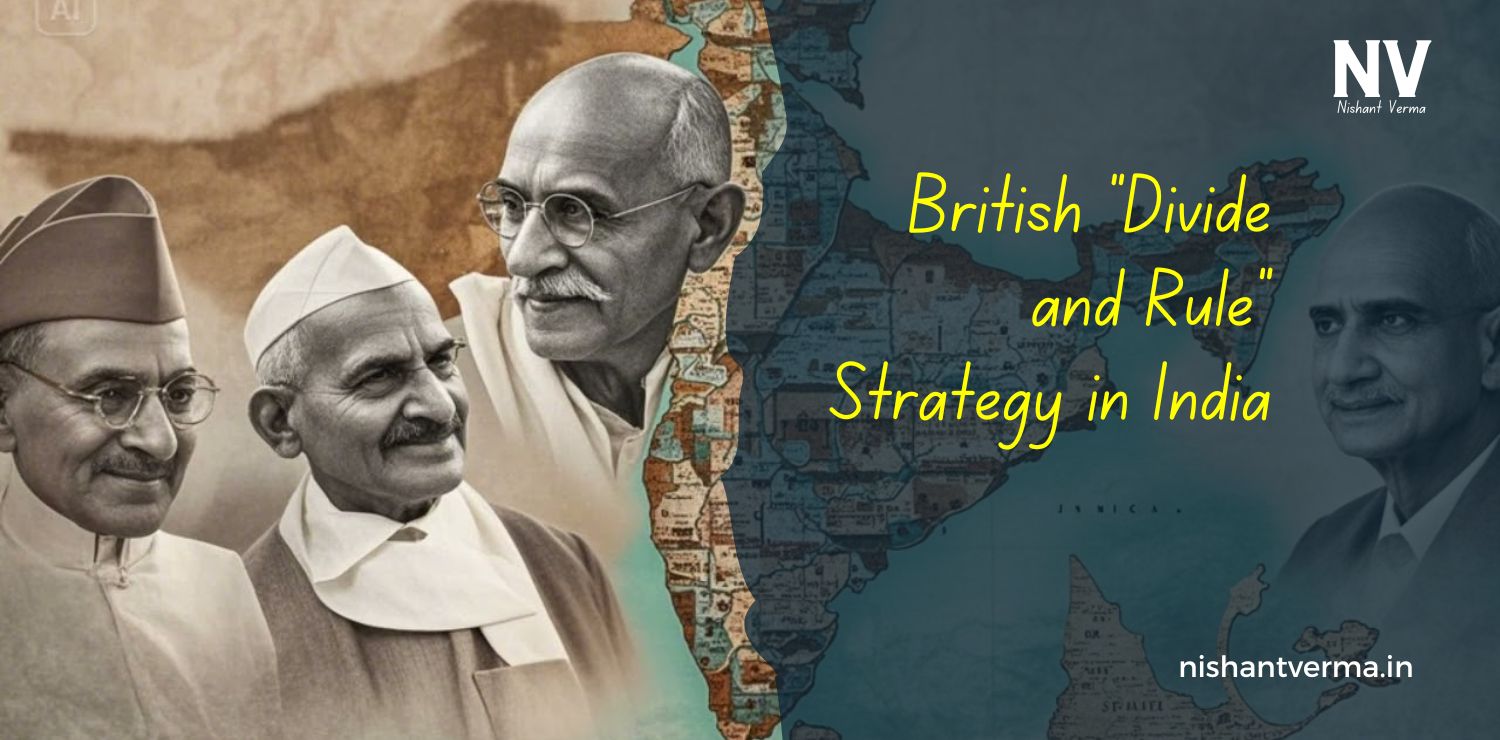Bill Gates is a name that needs no introduction. He’s the man who revolutionized the computer industry, building Microsoft from a small startup to one of the world’s most influential tech companies. But today, Gates is more famous for his philanthropic work than for his business empire. After stepping down from the day-to-day operations at Microsoft, he transitioned from being a business mogul to a global philanthropist, dedicating his wealth and influence to solving some of the world’s most pressing problems.
This journey from software billionaire to full-time philanthropist is not only inspiring but also demonstrates the power of change and the impact one person can have on the world. Let’s take a closer look at how Bill Gates made this shift, what motivated him, and how he’s continuing to change the world.
The Early Years: A Visionary Entrepreneur
Bill Gates was born on October 28, 1955, in Seattle, Washington. His interest in computers began at a young age. He was a brilliant student and excelled in subjects like mathematics and science. However, it was his early exposure to computers that would set the stage for his future success.
At the age of 13, Gates wrote his first computer program. By 1975, he dropped out of Harvard University and co-founded Microsoft with his childhood friend, Paul Allen. Their goal was simple: to make computers more accessible to people by creating software that could run on personal computers.
Microsoft’s big break came when it secured a contract with IBM to provide an operating system for their first personal computer. Gates and Allen developed MS-DOS, which eventually became the foundation for Windows, the operating system that would dominate the tech world for decades.
As Microsoft grew, so did Bill Gates’ wealth and influence. By the 1990s, Gates was the richest man in the world, and Microsoft was a global tech giant. He became known for his fierce competitive spirit, his ambition, and his strategic thinking. But even as Microsoft reached unprecedented heights, Gates began to think about his legacy and the impact he wanted to have on the world beyond just technology.

Stepping Down from Microsoft: A New Beginning
In 2000, Gates made a landmark decision. He stepped down from his day-to-day role as the CEO of Microsoft to focus on his philanthropic efforts. By this time, Microsoft was firmly established as a leader in the tech industry, and Gates wanted to move on to something more meaningful than just business success.
He transitioned to the role of Chief Software Architect at Microsoft and eventually left the company altogether in 2008. This decision was largely driven by his desire to use his resources to make a lasting difference in the world. He believed that his wealth could be better used to tackle global challenges such as poverty, education, and healthcare.
While Gates had always been involved in charity work, it wasn’t until he stepped down from Microsoft that he could devote his time and energy to it full-time. It was a decision that would ultimately change the lives of millions of people around the world.
The Birth of the Bill & Melinda Gates Foundation
In 2000, Bill Gates and his then-wife, Melinda Gates, founded the Bill & Melinda Gates Foundation, a nonprofit organization dedicated to addressing some of the world’s most urgent problems. Their mission was simple: to enhance healthcare, reduce extreme poverty, and expand access to education and information technology.
The foundation’s approach was data-driven and focused on evidence-based solutions. Rather than simply giving away money, the Gates Foundation sought to address the root causes of poverty and disease through innovative programs and partnerships.

One of the foundation’s first major initiatives was focused on global health. Bill and Melinda Gates recognized that millions of people in developing countries were dying from preventable diseases such as malaria, tuberculosis, and HIV/AIDS. The foundation worked with governments, organizations, and researchers to find better treatments, vaccines, and solutions to these problems.
Gates also became a major advocate for improving education in the United States. Through the foundation, he invested in efforts to improve the quality of schools and make education more accessible to students from all backgrounds.
Tackling Global Challenges
Under Gates’ leadership, the foundation has had a tremendous impact on global issues. Some of the most notable achievements include:
- Combating Infectious Diseases: One of the foundation’s most notable successes has been its efforts to fight infectious diseases, particularly in Africa. Bill Gates pledged billions of dollars to the development and distribution of vaccines for diseases like polio, malaria, and pneumonia. Thanks to the foundation’s work, polio has been nearly eradicated worldwide. In addition to vaccines, the foundation has focused on improving healthcare infrastructure in developing countries. This includes supporting the creation of more clinics, training healthcare workers, and ensuring that people in remote areas have access to essential health services.
- Improving Education: In the United States, the Gates Foundation has worked to improve education by funding scholarships, supporting schools in low-income areas, and advocating for reforms that address the achievement gap. The foundation also invested heavily in technology, helping to bring digital tools and resources to classrooms across the country. Bill Gates has always believed that education is key to breaking the cycle of poverty. His foundation’s education initiatives aim to give young people the tools they need to succeed, regardless of their background or where they live.
- Reducing Extreme Poverty: Bill and Melinda Gates also focused on alleviating poverty, particularly in sub-Saharan Africa. They supported programs that helped small farmers increase their productivity, improve access to clean water, and provide financial services to people in poverty. By improving livelihoods and supporting local economies, the foundation has helped millions of people lift themselves out of poverty.
- Climate Change and Sustainability: In more recent years, Gates has expanded the foundation’s focus to include climate change and sustainability. In his book How to Avoid a Climate Disaster, Gates outlined the need for drastic action to reduce carbon emissions and combat global warming. The foundation is funding research into clean energy technologies, sustainable agriculture, and other innovations that can help mitigate climate change.

Bill Gates’ Philosophy: Giving Back and Inspiring Others
What makes Bill Gates’ philanthropic journey so compelling is not just the size of his donations, but his deep belief in the power of giving. Gates has always said that he wanted to give away as much of his fortune as possible during his lifetime. In 2010, he and Warren Buffett launched the Giving Pledge, a campaign encouraging the world’s wealthiest individuals to donate the majority of their wealth to charity.
Gates’ commitment to philanthropy is driven by a simple but powerful idea: “Wealth is not to be hoarded, it’s to be used for the good of society.” He believes that his business success gave him the resources to make a meaningful difference, and he uses his platform to encourage others to do the same.
Through his work, Gates has shown that success isn’t just about accumulating wealth; it’s about using that wealth to create positive change. His foundation continues to invest in long-term solutions, partnering with governments, non-profits, and businesses to tackle the world’s biggest challenges.
Challenges and Criticism
Bill Gates’ transition from tech mogul to philanthropist has not been without its challenges and critics. Some people argue that large foundations like his can have too much influence over global policy and that they can sometimes act in ways that benefit the wealthy elite more than the people they aim to help.
Additionally, Gates has faced criticism for his role in Microsoft’s past business practices, including accusations of anti-competitive behaviour. However, over time, Gates has worked to address these concerns and has shifted his focus entirely to philanthropy, where his impact has been overwhelmingly positive.
Conclusion: A Legacy of Giving
Bill Gates’ transition from a business mogul to a global philanthropist is a testament to the power of reinvention. It’s a story of how one person, driven by a vision of a better world, can change the course of history. Through his foundation, Gates has touched millions of lives and helped solve problems that were once thought insurmountable.
But Gates’ story is not just about wealth or fame—it’s about using the resources at your disposal to make a difference. He shows us that the true value of success lies not in what you accumulate, but in how you give back.
As we look to the future, Bill Gates’ work serves as an inspiring example for anyone who wants to leave a positive impact on the world. His journey proves that no matter where you start, you can always change your path and make a lasting difference in the lives of others.




